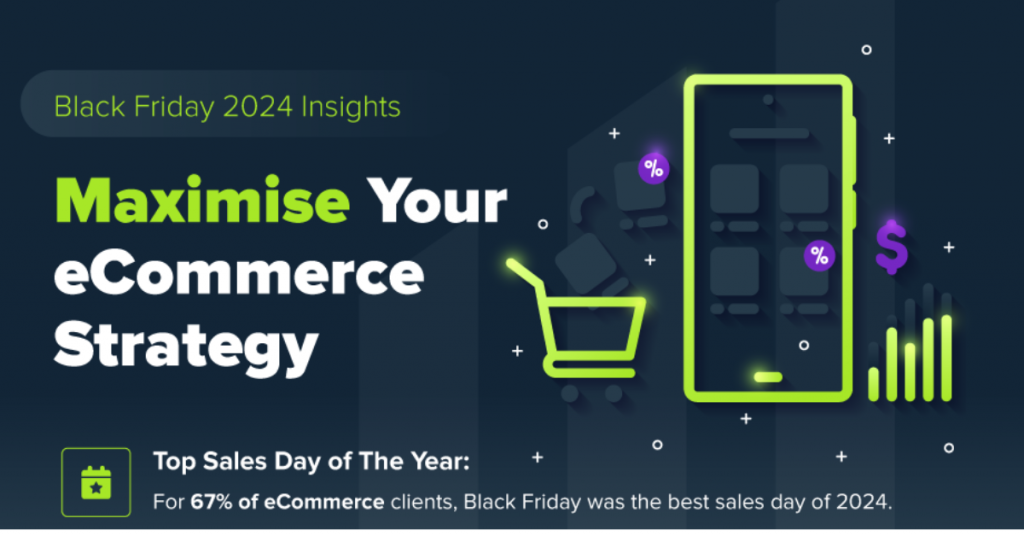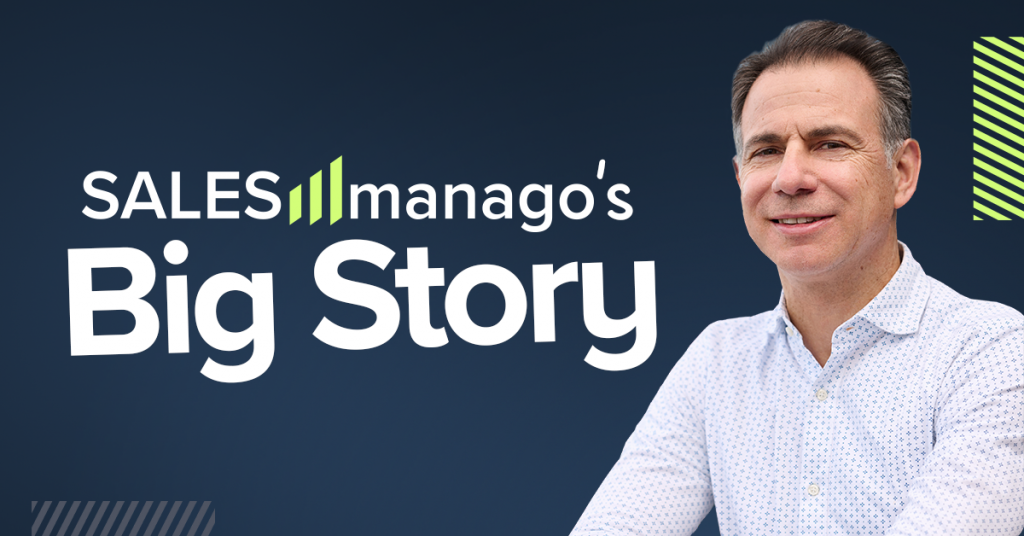
Claims about Apple’s new Mail Privacy Protection forever changing the landscape of email marketing are overstatements. Of course, it is a change, but given the tech giant’s customers’ demand more privacy, it was to be expected and is just another indicator of a trend. There is more than one way to deal with this problem to ensure effective, personalized email marketing.
What happened in the email marketing world. Again
Apple Mail Privacy Protection, an update first announced on June 7th, is now a fact. After the introduction of the App Tracking Transparency update, which has caused a major disruption in the Mobile App Advertising environment, the company has done it again.
This time they caused an upset in the email marketing world by introducing Mail Privacy Protection. The new feature will seriously diminish the use of tracking pixels and mask users’ IP addresses.
As Apple stated, “Mail Privacy Protection hides your IP address, so senders can’t link it to your other online activity or determine your location. And it prevents senders from seeing if and when you’ve opened their email.”
In essence, consumers now have much more control over tracking. They can block it if they choose, and this will make it very difficult to figure whether an email was actually opened or is still waiting in the consumer’s inbox.
As of October 2021, the feature is available for the Mail app on iOS 15 and iPadOS 15. For Macbooks, the change will come with macOS Monterey.
Before we go into details, let’s assess how many Apple users will probably decide to give a new feature a go.
How many users will adopt Apple’s Mail Privacy Protection
Litmus expects that a third of iPhones will have iOS 15 within the first week, 50% within the first month, 75% within the first two months, and finally, 90% within six months of its release. For iPadOS, they predict a similar adoption rate.
Since, as said earlier, it is highly unlikely that the user will consciously choose to remain unprotected, the Mail Privacy Protection adoption rate will probably reach nearly 100% of iOS 15 users. This forecast is strengthened by the adoption rate of the previous disruptive Apple feature, App Tracking Transparency, which reached 96% in the United States, according to Flurry Analytics.
How mail privacy protection works
Now, when an Apple user opens up Apple Mail, they will get a message, prompting them to choose to protect or not protect mail activity. Neither of these options is pre-selected. It looks like this:
This means that the users would have to consciously choose “Don’t protect mail activity”. This is highly unlikely, since nobody is eager to say, “No, I don’t want my data to be protected.”
When a user starts Apple Mail, the download of the email from the host to their device begins. At indeterminate intervals, Apple will download all the images included in an email and create their copy on the Apple Privacy Cache.
If the user opens the email a request to download and display the images will be triggered. But the request won’t come from the user’s host, they will come from the Apple cache instead.
So the users’ IP, as well as real opens and time of opens, will remain unknown, as long as they are connected to Apple Mail.
What will it affect
Opens, time stamps, forwarding
Opens from the consumers using Apple will probably go through the roof. All addresses, personal and corporate, from any provider, will be subject to inflation.
Due to the way Mail Privacy Protection works, time stamps also won’t be reliable anymore. And since the feature blocks tracking, tracking information about forwarding an email will not be available.
Device identification
The type of device on which the user read the email will not be revealed. In the short term, this means at least that the number of unknown devices, or an increase in this number, will indicate that the consumer is an Apple mail user.
Live content
Live content appears when an email is opened. Since time stamps are not a relevant source of information anymore, information such as live sports scores may be old news on time of actual open for Apple users. Location-based content will also suffer.
6 ways to deal with Mail Privacy Protection
Adjust email analytics
The most impactful change will be probably caused by the overinflation of opens. They will no longer provide relevant information. Until now, they have been prized by marketers as a frequent signal of customer engagement. Brands focused more on engagement than conversions will especially feel this change.
In other areas, it would be wise to adjust the range of performance metrics. Closer investigation of unsubscribes and spam complaints could prove useful. Going beyond email and paying closer attention to offline purchases, website visits, or account logins will provide a company with accurate statistics of customer engagement.
Lack of forwarding tracking information will probably not affect you as much, though some campaign ideas may suffer from it.
Make changes in inactivity management and engagement-based segmentation
Open rates are a crucial indicator for the algorithms used by email providers to track spam. In order to keep out of the spam box, you must keep your engagement rates high. Your usual re-engagement and re-permissions campaigns filtering unengaged users will fail in this new situation, as well as differentiating campaigns based on opens and clicks. Unengaged clients will be a part of an overinflated opens balloon. Users that are never active, or are inactive for a long time, will, however, still be possible to pinpoint. They should remain an audience for such campaigns.
After you assess the new engagement calculation, match the current engagement model based on opens with this new model. This way, you can pinpoint the new threshold for re-engagement and re-permissions campaigns.
Using broader engagement metrics such as offline purchases, website visits, and account logins will not help you assess deliverability directly however, they will still be more frequent signals than clicks alone. Deliverability will probably decrease a bit because inactivity management will be more complicated. You should consider hiring a deliverability specialist to monitor this indicator in the long term.
Prepare for false signals using Send Time Optimization
Send Time Optimization (STO) used to determine the best time to send an email, based on previous consumer behavior, will generate false signals due to false opens in the short term. They will probably generate a signal within at least a couple of hours or days from the delivery time. If you are not currently using STO, it would be wise to refrain until the STO providers will have enough data to enhance the algorithms and can calculate new best send times based on clicks and other behavior.
Change the criteria for Subject Line Optimization
It never was especially wise to focus on opens to choose an A/B test winner. Opens are only weakly connected to conversions. They were, however, the most frequent signal used for optimization.
The less frequent signal, but one a bit closer to conversions, is clicks.
Reassess Live Content in email
If you are using live content, there is little you can do for Apple users, who will open an email later than a couple of hours after delivery. Since Apple does not provide the possibility to experience live content anymore, it would be wise to take a look at ROI it generates and assess if it is still worth the effort.
Are there any pros of this new situation?
One beneficial effect of Apple’s Mail Privacy Protection that immediately comes to mind is the end of opens as the universal indicator for everything. This will drive the marketers to use deeper, less frequent signals, such as clicks and conversions, more directly connected to the company’s success.
Another could be a turn toward even more customer-centric attitudes, which would ultimately provide customers with more personalized content and strengthen their engagement with the brand.
New Apple’s feature is nothing new; it is a part of a larger trend toward securing user data—a tech company meeting the needs of its customers. We simply have to adapt.
If you want to make the content you create more personalized and engaging, Request a SALESmanago demo and learn the vast possibilities of hyperpersonalized, omnichannel communication.

 Follow
Follow
















